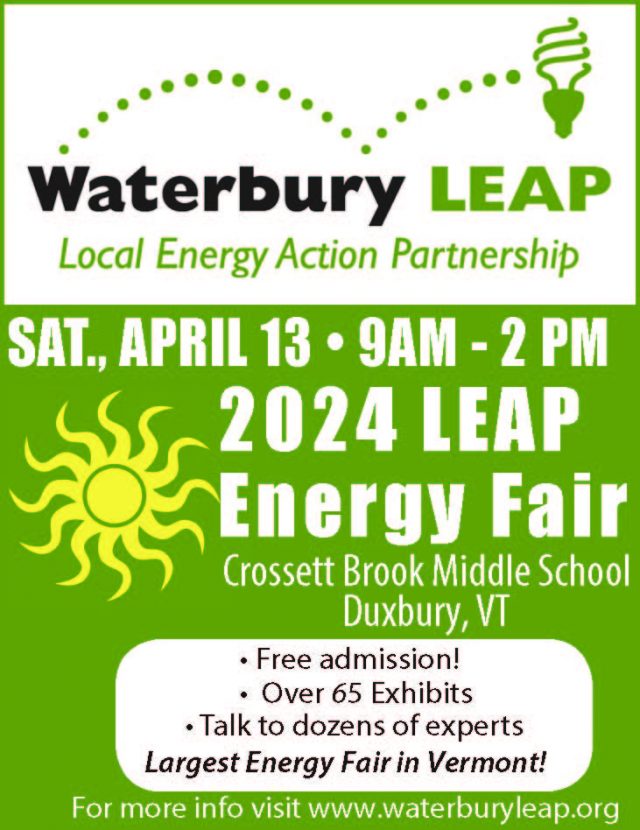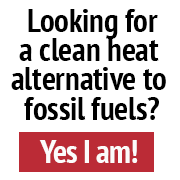By George Harvey
The status quo is widepread environmental destruction. We have all the solutions we need, but some people prefer the status quo. For now, they are getting their way.
We have a problem. The bad news is that we are losing our wildlife populations at a rate of over 2% per year or more. That is not 2% of the animals, a number that nature could replace; it is 2% of the population size. This means that every 35 years, the number of birds and bats, snakes and lizards, amphibians, and fish in the world is reduced by half. This has been going on for many decades.
I wrote about my own observations of this in the CleanTechnica article, “Watching Nature Collapse.” The evidence of loss of wildlife populations in that article was anecdotal. But science backs it up.
On July 11, 2015, a study conducted by the Royal Society for the Protection of Birds, together with a number of universities worldwide, was written up in an article in The Scotsman, “World seabird populations in catastrophic decline.” It said seabird populations had fallen 70% over a period of 60 years, which is pretty close to 2% per year. Most of the blame goes to the effects of the use or misuse of fossil fuels and their products.
On October 27, 2016, BBC News ran an article “World wildlife ‘falls by 58% in 40 years.’” The article was about a study by the WWF. I checked this, because the article did not say specifically what the word “wildlife” meant. I spoke with a WWF scientist who told me the study was done on animals representative of “all vertebrate species.” These declines are a bit faster than 2% per year. He also agreed with an estimate that we are losing another multicellular species about every ten or fifteen minutes. Most of the blame goes to the use or misuse of fossil fuels and their products and effects.
Another article from BBC News, which appeared on October 27, 2016, was “Alarm over decline in flying insects.” It reported declines in numbers of these insects, in sixty protected areas in Germany, of more than 75% over a period of only 30 years. This rate that is in excess of 4% per year. Much of that fall relates to use of pesticides. (Is it okay for me to point out that almost all of these are synthetic products of chemicals produced by the fossil fuels industry?)
These bad news items have one good news item that can be used to relieve our anxiety. We have all the technology we need to stop the losses.
We have another problem. The bad news is that people are being made sick. An article in CleanTechnica, “Study: $1.30 In Unpaid Health & Societal Costs For Every Gallon Of Gasoline Sold In US,” had some interesting information about research by the American Lung Association in California. According to that article, the societal costs of use of fossil fuels for transportation come to $15 billion each year in California alone.
For those of us who live in Vermont, those health costs come to $330 million per year. That means that the transportation sector, which burns 47% of the state’s fossil fuels, has associated health costs of $480 per person per year. Extrapolating this to all sectors, we would find that the overall societal cost of our use of fossil fuels is about $1,000 per person per year. That is in Vermont, where people come to breathe the clean air. Many people never think about this cost because it is largely covered by medial insurance and taxes. Some, who have lung cancer, emphysema, chronic bronchitis, or asthma, do.
Some people are dying. Another article in CleanTechnica, “This Stealth Terrorist Killed ~53,000 Americans Last Year,” deals with deaths relating to fossil fuels in the United States. An MIT study that found 200,000 people die prematurely each year in the US because of air pollution. The overwhelming bulk of the pollution comes from products and waste of the fossil fuels industry.
From the Vermonter’s perspective, this means that about 400 people in the state die prematurely each year. A Vermonter who knows 300 people probably knows one who will die prematurely due to air pollution in any given five-year period.
Most of us grew up in an era when stopping the pollution would have meant stopping the economy, producing hardships that would see a far greater number of people dying. Unfortunately, the idea that the sickness and death from pollution are normal, or even necessary, is still current in our society.
But again, the good news is that we have all the technology we need to stop these losses. And if we use that technology, we will live longer, in better health, more comfortably, and at lower cost. We are fortunate to live in an age when we no longer have to let people get sick and die just to keep the wheels of industry turning.
Sadly, we have yet another problem. We can see it in our weather. We had a record-breaking hurricane season last year. It was the first season in history in which the U.S. was hit by three storms of category 3 or greater. All three were category 4. The year also saw the first hurricane ever to form in the eastern Atlantic Ocean and travel north to hit Ireland. That problem is climate change.
Global warming does not mean that everything warms up evenly. It is quite the contrary. Western Europe had another bitterly cold winter, in an event called “the Beast from the East.” Conditions in Paris were more like those you might expect for Warsaw. Dublin was hit by a blizzard. But at the same time, Cape Morris Jessup, the northernmost point in Greenland, was 50° F above normal. So why would Europe be cold?
Scientists have found that the Gulf Stream, which delivers warm water to the North Atlantic, moderating cold weather for Western Europe, has slowed down by 15%. That means that Europe has less to warm it in the winter. And it seems we can trace that mostly to our use and misuse of fossil fuels, as well. You can take a look at the CleanTechnica article, “It’s The Gulf Stream, Stupid!”
Of course, as I have said, the good news is that we have all the technology we need to slow climate change and, eventually, bring it to a halt. We can see this in another CleanTechnica article, “Renewable Energy Needs To Scale Up By A Factor Of Six, Reports IRENA.” According to that article, the International Renewable Energy Agency says we can stop climate change at 1.5° C.
But the major message is that to stop climate change at that mark, we have to increase the speed of our transition away from fossil fuels by a factor of six. We can do that. And if we do, it will save us a whopping amount of money. Not to mention birds, bats, bobcats, bears, and other critters. Not to mention our health. Not to mention our lives. I mean really, even saving money should be worth doing, if it means our lives get saved, too.
But we have a problem. There are people in this world who are working very hard to be certain we do not to use the technology that is available to us to switch away from our use of fossil fuels. Why? Well, one reason someone might not want to switch from fossil fuels could be a financial investment of some sort. Or it could be that their job depends on fossil fuels, including politicians whose elections were financed by fossil fuels. There are even some people who are just emotionally attached to agendas that are oppose the solutions.
Here in Vermont, which prided itself as a leading state in renewable energy, the environment, and health, we have activists hard at work, preventing the deployment of solutions to the problems arising from fossil fuel use. The results of their progress and be seen in “Vermont Is Currently Enacting Some Of The Most Restrictive Rules On Wind Energy In The US,” which appeared on March 24th, 2018 at CleanTechnica. That article illustrates how progress on dealing with the issues has been brought nearly to a standstill in the state.
There is only one wind project under development in the state of Vermont right now. It consists of a single 2.2-megawatt turbine, to be put up on a cornfield in a 450-acre farm. The closest house to the turbine belongs to the farmer who will own it, if it is put up. I wrote about this in an article that appeared in the April issue of Green Energy Times, “Dairy Air Wind Farm.”
Activists from all over the state are being motivated to attend upcoming meetings to be sure Dairy Air Wind is stopped.
Some time back, I sat next to a leading light of Vermont’s anti-wind movement at a dinner. At one point, she turned and said to me, “We really shouldn’t even be talking about solar and wind.” When I asked what we should be talking about, she said, “You know – a the secret energy systems the government developed.” When I asked for an example, she replied, “Anti-gravity.”
Here we are on spaceship Earth … and we are running low on breathable air.
Houston, we have a problem … Houston? … Houston? … Are you there? … Houston?
Washington? … Montpelier? … Anybody?
(After writing the first draft of this article, I found an interesting news item. It was about professional actors who were hired to attend City Council meetings in New Orleans in support of building a new gas-fired power plant. According to the article, which appeared in The Lens, one actor said, “They paid us to sit through the meeting and clap every time someone said something against wind and solar power.”)









Leave a Reply